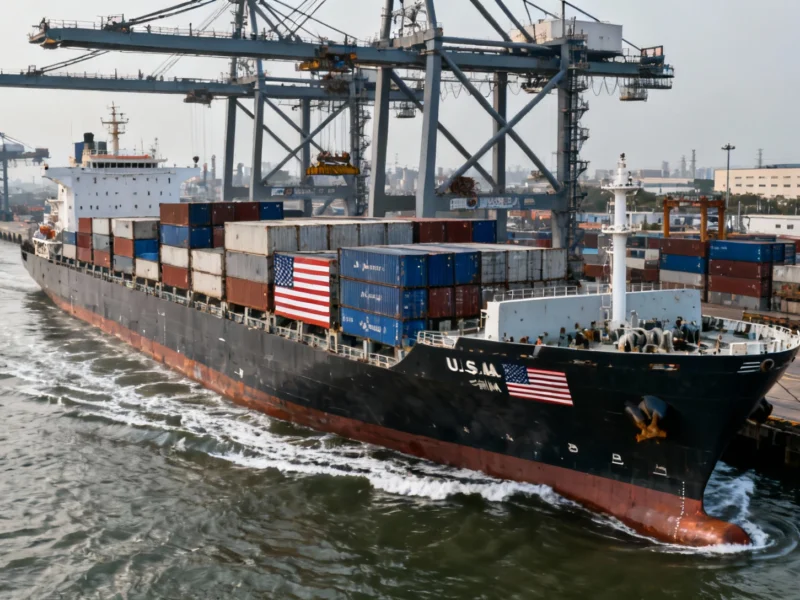China-Russia Trade Dynamics: September Exports Plummet 21% as Energy Imports Rebound
Chinese exports to Russia contracted significantly in September, recording the largest monthly decline since February. Meanwhile, China’s imports from Russia swung back to positive territory, highlighting shifting trade patterns between the two economic partners.
China’s economic relationship with Russia witnessed significant shifts in September, with exports recording their steepest decline in seven months while imports returned to growth. The latest customs data reveals complex trade dynamics between the two nations amid ongoing global economic pressures.









